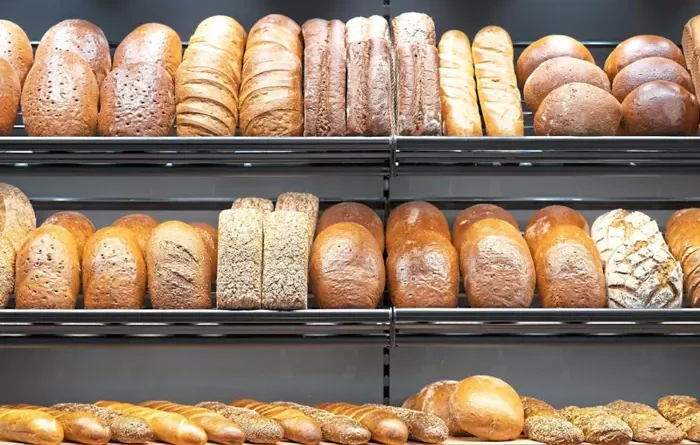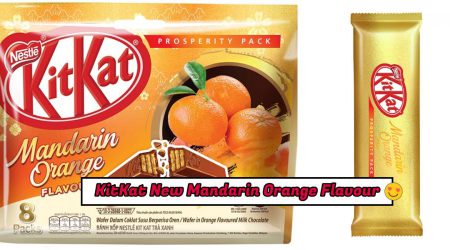Why is wholemeal or wholegrain bread healthier?
It’s a dietary tip we’ve all heard a hundred times: Wholemeal and wholegrain bread are healthier than white bread.
But how so?
Both wholemeal and wholegrain bread are made from whole grains: the fibre-rich outer bran layer, starchy middle endosperm layer and nutrient-rich germ layer.
In wholemeal bread, they’re milled to a fine texture.
On the other hand, white flour has been refined to remove the bran and germ.In the following Q&A, German nutritionist Gabriela Freitag-Ziegler explains why it’s better to eat wholemeal or whole-grain bread, and why objecting that it’s dry, hard and takes forever to chew isn’t true.
The carbohydrates in white flour products can be rapidly broken down by the body into sugar (glucose), which is absorbed into the bloodstream.
But you don’t feel full for long and you’ll become hungry again.
Wholemeal flour products keep you full longer because it takes the body longer to break them down and turn them into energy.
This is better for your blood sugar levels.
Also important are the many vitamins and minerals – and fibre – in wholemeal and whole-grain bread.
Fibre can’t be digested, but passes largely intact through your stomach and small intestine into the colon, where it’s welcome food for “good” microorganisms, which then multiply.
What’s more, fibre increases stool bulk in the colon, which stimulates movement of food through the digestive tract.
We now know that the fibre in grains has many other health benefits as well.
It can even lower the risk of colon cancer.
When buying a loaf of bread in a bakery, always be sure to ask whether it’s wholemeal, as you can’t tell simply by looking at it.
Dark bread isn’t necessarily made of wholemeal flour.
It could be made of white flour with additives such as sugar beet syrup that make it darker.
Many bread varieties have fanciful names suggesting they’re made of wholemeal flour, although they’re not.
According to German guidelines for bread and small pastries, bread or bread rolls called “wholemeal” must have a wholemeal flour content of at least 90%.
I think it’s a shame whenever someone says, “I don’t like bread from whole grains. It’s a thick block of grains strung together that you’ve got to chew forever.”
But this isn’t always the case.
There are also fluffy wholemeal breads made of finely milled wholemeal flour and without any added grains.
If you used to eat only white bread or bread made from rye and wheat flour, and want to switch to wholemeal or wholegrain, I’d recommend you start with just one slice a day, especially if you think your digestive system might react sensitively.
And when you eat a lot of fibre, it’s important to drink plenty of fluids to soften your stool and prevent constipation or uncomfortable bowel movements.
A final note: Although the various grain types, such as wheat, spelt, einkorn or rye, differ in their chemical composition, what matters most for healthy bread is the content of whole grains. – By Ricarda Dieckmann/dpa













Leave a Reply